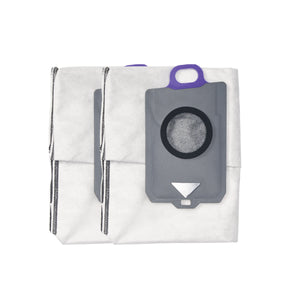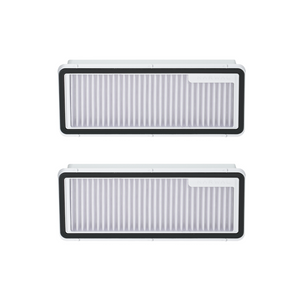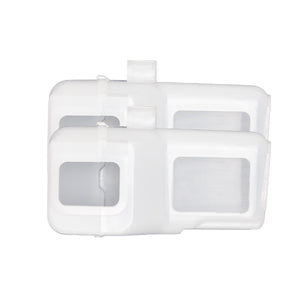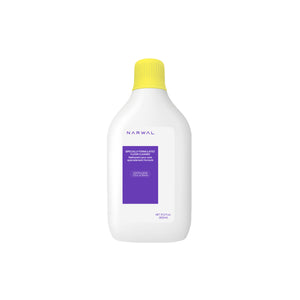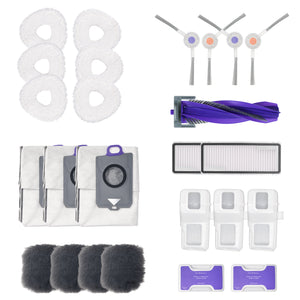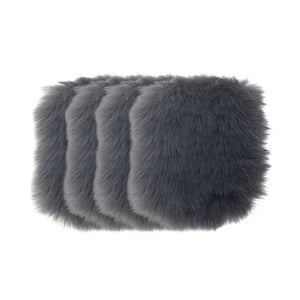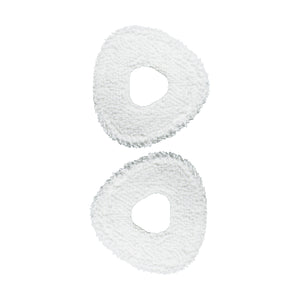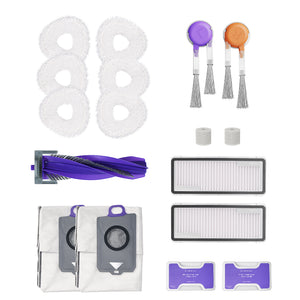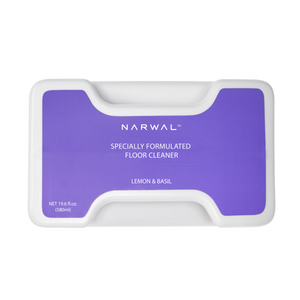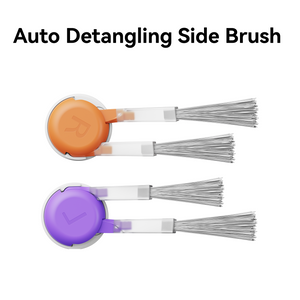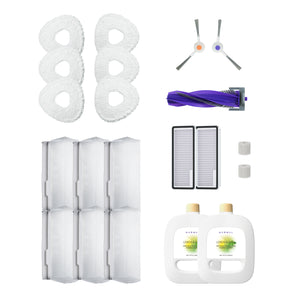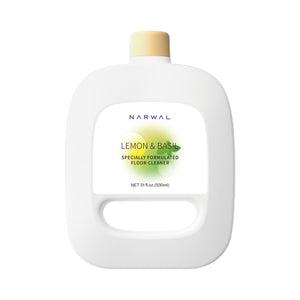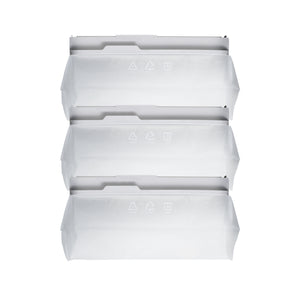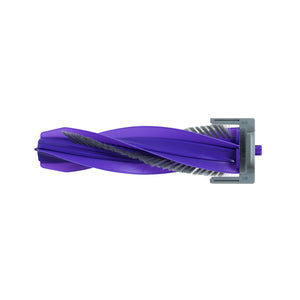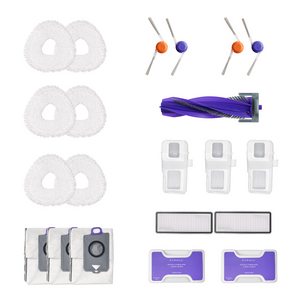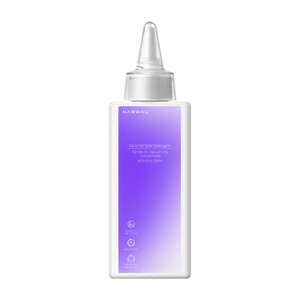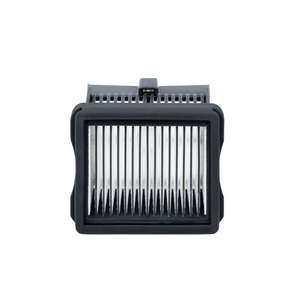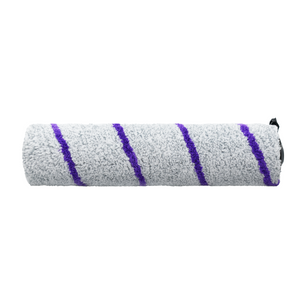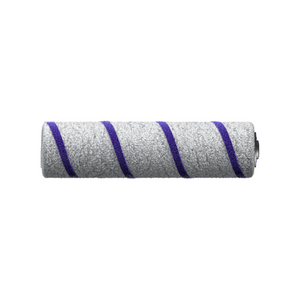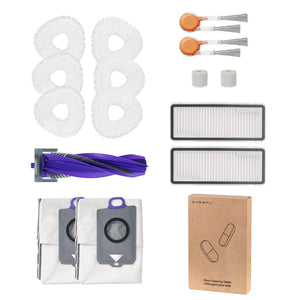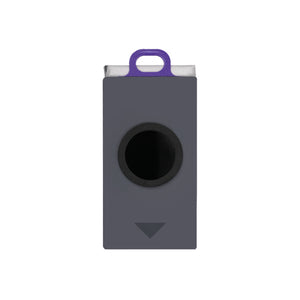Slate flooring brings natural character to any space, but its textured surface and porous composition make it unlike cleaning hardwood, vinyl, or tile. Dirt settles deeper, moisture matters more, and the wrong products can cause lasting damage.
This guide will show you how to clean slate floors the right way. Start by the tools you need, followed by a step-by-step cleaning process. We’ll also share practical tips for handling special situations like rough or unsealed tiles, and explain how to maintain slate long term without overdoing it.
Prepare Tools and Products Before Cleaning
-
Soft-bristled broom or vacuum cleaner with a brush attachment
-
Bucket filled with warm water
-
Mild dish soap or a pH-neutral stone floor cleaner
-
Soft mop or microfiber cloth
-
Dry, lint-free towels for finishing touches
-
Optional: rubber gloves for skin protection
If you want to skip the hassle of manual mopping, a Narwal vacuum-mop robot is a great alternative. It vacuums and mops in one go and even cleans its mop pads automatically, making it a hands-free solution for maintaining your slate floors with minimal effort.
Some cleaning products can permanently damage slate surfaces and should never be used. Avoid the following:
-
Acid-based cleaners, such as vinegar or lemon juice, which can eat away at the stone
-
Harsh chemical degreasers or bleach, which may discolor or weaken the tile
-
Abrasive powders or scouring pads, which can scratch the natural surface
- Oil-based soaps, which may leave a slippery film or residue
How to Clean Slate Floors Step by Step?

The process involves dry preparation, mixing a safe solution, controlling moisture, and finishing correctly. Whether you’re dealing with slate floor tiles in the kitchen or hallway, these steps will help preserve their texture and color.
1. Dry Cleaning Before Wet Mopping
Begin by removing surface dust and grit using a vacuum with a brush attachment or a soft-bristle broom. Slate has a slightly uneven surface that easily traps particles, and skipping this step could cause micro-scratches when you mop later.
For natural slate floor tiles with clefts or textured finishes, be extra thorough along grout lines and corners.
2. Mixing the Right Cleaning Solution
Combine warm water with a mild, stone-safe cleaner, preferably one that is pH-neutral. Just a few drops are enough. Avoid common household acids or strong chemicals, as they can break down the slate’s finish and lead to long-term damage.
If you are unsure about a product, test it on a hidden corner before proceeding.
3. Mopping Slate Without Over-Wetting
Dampen your mop, but do not soak it. Slate is porous, and too much water can seep into the tile or joints, especially if the floor has not been sealed recently.
Work in small sections, gently wiping instead of scrubbing. Always move in the direction of the tile lines for a consistent result.
4. Rinsing and Drying Without Residue
Once you have cleaned the whole surface, go back over it using plain water to lift any remaining soap. This final rinse is key to avoiding hazy buildup or slippery spots.
Dry the floor completely with a towel or let it air dry with windows open to improve airflow. A clean slate floor should feel smooth to the touch, not sticky or streaky.
Tips That Help You Clean Slate Floors

Sometimes, even after you clean slate floors regularly, they may still look dull, uneven, or hard to maintain. This is often due to factors like surface texture, stains, or missing protective sealant. In this section, we will share targeted advice for these situations.
How to Deal With Rough or Unsealed Slate Floors?
To clean rough or unsealed slate floors effectively, you need to reduce water use and rely on frequent dry cleaning. These surfaces trap dirt more easily due to their uneven texture, and if unsealed, they absorb moisture quickly, leading to discoloration or damage.
Use a soft-bristled broom or microfiber dust mop daily to remove debris that settles in grooves. When mopping, keep the cloth just damp, not wet. Unsealed floors especially benefit from a deep clean followed by applying a penetrating sealer. This improves stain resistance and simplifies future maintenance.
How to Deal With Stains and Dullness?
Stains and dullness on slate floors are usually caused by residue buildup or aging surface wear. To remove stains, start with a baking soda paste applied directly to the affected spot. Let it sit for a few minutes before gently scrubbing with a soft brush.
For dull-looking tiles, you may use a stone-safe enhancing sealer designed to revive color and richness. If you're trying to restore slate floors that haven’t been maintained for years, avoid waxes or surface-level polishes, which can cause uneven sheen or buildup over time.
When to Seal Your Slate Floors?
You should seal your slate floors whenever they stop repelling water. A good test is to sprinkle a few drops on the surface. If the water soaks in rather than forming beads, it's time to reseal.
Sealing is essential for both natural slate floor tiles and textured surfaces, as it prevents staining and reduces cleaning effort. Use a breathable penetrating sealer designed for slate.
If your floor appears slightly faded but is already clean and sealed, a stone-enhancing sealer may be used cautiously to deepen the color, but only if the product is formulated for natural stone and applied sparingly.
How to Maintain Slate Floors Long Term?

1. Sweep high-traffic zones every two to three days to prevent micro-abrasions from grit.
Fine particles like sand or dust can act like sandpaper on slate surfaces over time, especially in entryways or kitchen areas. Frequent sweeping reduces friction damage before it starts.
2. Schedule a full-surface mop once a week using a pH-neutral cleaner.
This helps break down film from footprints, spills, and air pollutants that dry cleaning can’t fully remove. Rotate your cleaning direction each time to avoid buildup along grout lines.
3. Avoid over-washing low-use areas to preserve the sealer’s integrity.
Spare rooms, guest bathrooms, or under-furniture zones don’t need weekly wet cleaning. Too much moisture can gradually break down even high-quality penetrating sealers.
4. Always dry the floor completely after cleaning to avoid cloudy residue or soap buildup.
Even small amounts of leftover cleaner can dull the surface or create sticky patches that attract more dirt.
5. During seasonal changes, monitor humidity to prevent expansion cracks in slate tiles.
Using a humidifier in winter or a dehumidifier in humid summers helps stabilize the stone and reduce long-term stress on tile joints.
6. Do a seal check every 12 months and reseal when necessary, not just on a fixed schedule.
Use the water-bead test as a better indicator than time. Some floors in low-traffic homes may only need resealing every four or five years.
7. Avoid long-term coverage of slate with cardboard boxes or heavy rugs.
Trapped moisture and lack of airflow can lead to uneven color patches or mildew, especially in basements or closed rooms.
8. Place breathable mats near exterior doors and sinks to catch water and grit.
Unlike rubber-backed rugs, breathable options prevent moisture from getting trapped underneath, which can stain or discolor slate over time.
FAQs About Slate Floor Cleaning
Can I Use Vinegar or Lemon Juice on Slate?
No, you should not use vinegar or lemon juice on slate.
Both are acidic and can damage the surface of slate tiles. They may break down the protective sealant, cause dull spots, or even lead to etching over time. It’s safer to stick with pH-neutral cleaners made for natural stone.
Is Steam Cleaning Safe for Slate Tiles?
No, steam cleaning is not safe for slate tiles.
High heat and moisture can weaken the sealant and may cause the slate to crack or flake, especially if the floor is not well-sealed. Steam can also force moisture deep into the stone, leading to stains or long-term damage.
How Do I Clean Other Types of Flooring?
Different floors need different care, depending on what they’re made of.
If you have bamboo or laminate flooring, you’ll want to follow cleaning methods that protect their surface and avoid water damage. We’ve put together easy step-by-step guides for both types to help you clean them the right way.
Related Reading:
What Is the Best Cleaner for Natural Slate?
The best cleaner for natural slate is a pH-neutral stone floor cleaner.
These products are gentle and specially designed to clean natural stone without harming the seal or surface. Avoid anything with acids, bleach, or harsh chemicals. Mild dish soap mixed with warm water can also work for regular cleaning.

Clean Slate Floors Smarter Not Harder With the Right Tools
Clean slate floors are not just a visual upgrade. They are a reflection of a home that’s thoughtfully maintained. With the right habits and smart decisions, even the most rugged or aged slate can retain its natural elegance for decades.
And if you're ready to enjoy that elegance without the elbow grease, Narwal’s vacuum-mop robot is your next step forward. It keeps your slate floors spotless while you focus on more important things.
Let the beauty of slate stay visible. Let Narwal handle the mess.





















